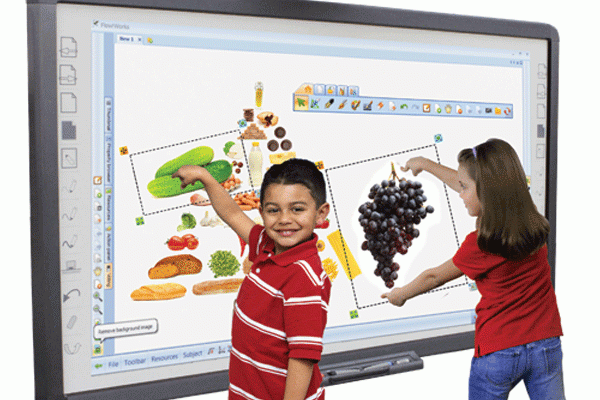Education technology is spreading fast, but there’s no recipe for success


Students make use of tablets and technology while working in small groups. Photo: Meredith Kolodner
Many people are seeking the “secret sauce” for digital learning.
As educators expand the use of education technology, they often face a tricky balance. These tools offer the possibility for innovation – trying something new in a quest to improve teaching and learning. But technology isn’t cheap, and the risk of failure looms.
To assure success, many educators try to find and follow a recipe for digital learning. But many crucial ingredients can’t be found in a case study about “best practices,” said Julie Evans, the CEO of Project Tomorrow, a nonprofit organization that advocates for math, science and technology education and annually surveys students and educators about their experiences with those topics.
Too often, educators ask how to reproduce another school district’s program, Evans said last week, when their first step should be to look locally. Educators must discover the needs of schools in their own community so the technology plan fits, Evans said. And, importantly, administrators must have wide support for that vision, she said, and that requires conversations with parents, students and teachers.
To be sure, these are heady times for education technology adoption in the nation’s schools.
This week, I expect to learn more about cutting-edge education technology during a New York City conference, The Tyton Education Summit 2015, whose theme this year is “How Innovation Scales.”
There is always plenty of blended learning news to share. For an update delivered to your inbox every Tuesday, sign up for my weekly newsletter.
Sign up for a free subscription, and invite a friend to subscribe.
This story was produced by The Hechinger Report, a nonprofit, independent news organization focused on inequality and innovation in education. Read more about blended learning.epers.






